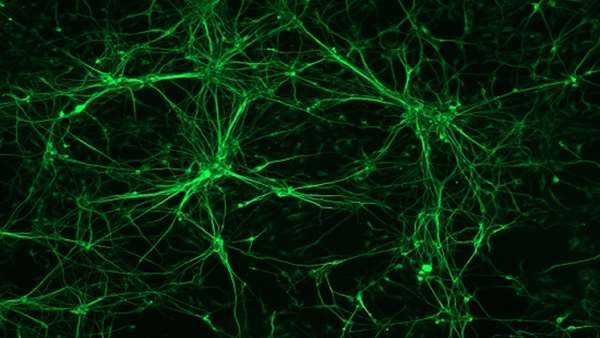Zebrafish study reveals regenerative processes by neural stem cells in the brain
Waseda University researchers recently elucidated the regenerative processes of neural stem cells using a stab injury model in the optic tectum of adult zebrafish. The study could contribute to the treatment of human central nervous system (CNS) injuries.
Waseda University researchers recently elucidated the regenerative processes of neural stem cells using a stab injury model in the optic tectum of adult zebrafish. The study could contribute to the treatment of human central nervous system (CNS) injuries.
"Unlike mammals, zebrafish have superior abilities to generate new neurons and to regenerate tissues in the brain after an injury, but surprisingly, their genes are said to be very similar to humans and mice," explains Toshio Ohshima, professor of molecular neurobiology at Waseda. "There have even been reports on how the mechanism of zebrafish"s regenerative abilities could be applied to mice. This means that there is a possibility in which this same mechanism could be applied to humans as well."
The study was published online in the scientific journal GLIA on February 7, 2018.
The optic tectum receives visual inputs from the retina and sends motor output to the hindbrain. Ohshima"s group established a stab injury model using adult zebrafish and examined the reaction of neural stem cell called radial glia (RG) in response to injuries in the optic tectum. Little was known about the functions of RG in both the physiological and regenerative conditions in this part of the brain prior to this study.
In a normal state, most RG were observed to be quiescent, neither proliferating nor differentiating. However, when the researchers injured the zebrafish"s brain with a syringe, immunostaining results showed that RG proliferated, peaking on the third day after the injury. By the seventh day, there was not much difference between the injured and intact zebrafish brain. Further immunohistochemistry results suggested that newborn neurons were generated from RG to regenerate brain tissues in the optic tectum. Ohshima adds, "We also examined molecular mechanisms that regulated RG proliferation and differentiation after the injury, and found that Wnt signaling is necessary for the proliferation of RG and generation of new neurons."
Though further research will be necessary to fully understand exactly what kind of neurons are produced and how they function, Ohshima"s model serves as a comparative model for a growing number of scientists around the world who are also trying to establish their own original stab injury models using zebrafish.
"Expanding research on regenerative processes regulating the proliferation and differentiation of neural stem cells of zebrafish could lead to finding a way to restore an injured CNS of humans," Ohshima says. "Car accidents, strokes, and brain cancer could all injure the CNS, and these accidents and diseases could happen to any of us. Damage to the CNS severely and chronically debilitates the lives of people, often times leaving them paralyzed and in despair. I believe that in the future, our research could bring hope to those suffering from an injured CNS."
Reference: https://onlinelibrary.wiley.com/doi/abs/10.1002/glia.23311





ارسال به دوستان